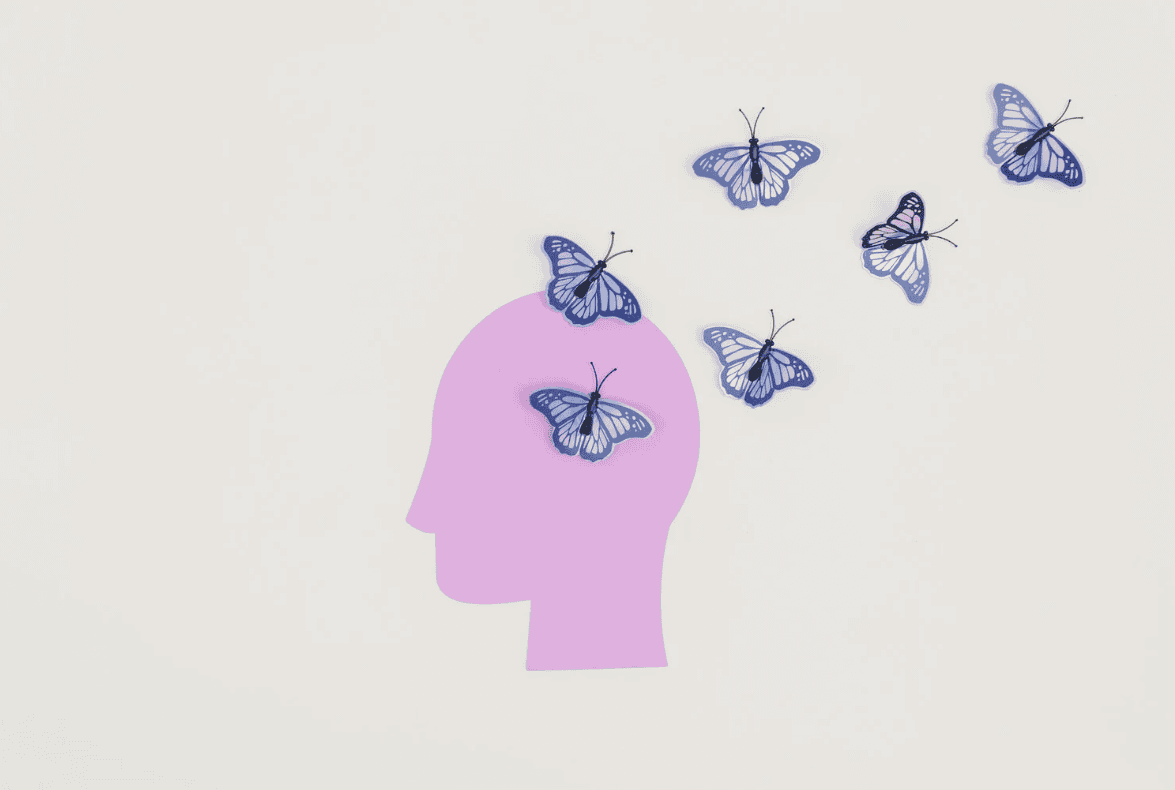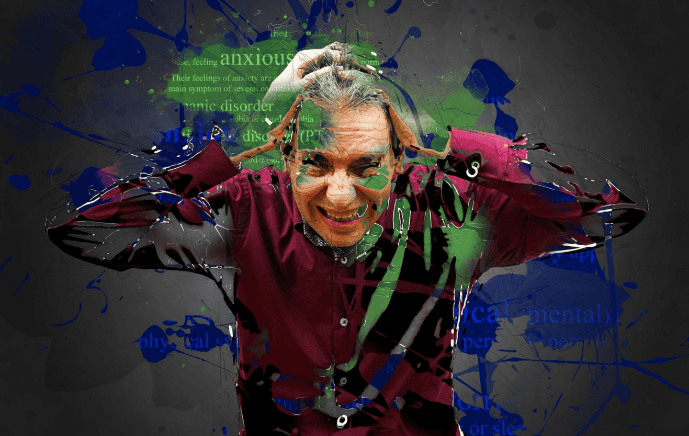In today’s fast-paced world, personal and professional growth is more important than ever. While individual coaching offers tailored guidance, group coaching has emerged as a powerful and popular alternative that combines expert support with community energy.
Whether you want to boost your career, improve your health, or develop new skills, group coaching can be a highly effective way to achieve your goals.
If you’re wondering where to start, DreamCoachMatch is a platform designed to help you find coaches for every need — including group coaching options. With a wide range of experienced coaches across different fields, it makes it easy to choose the best coach and dive into your personal development journey.

What Is Group Coaching?
Group coaching involves one coach working with several individuals simultaneously. Unlike traditional one-on-one coaching, this format encourages interaction, peer learning, and collective motivation. Group members typically share common goals or challenges, which creates a supportive environment where everyone benefits not just from the coach’s expertise but also from the insights and encouragement of their peers.
This dynamic is especially effective because it combines professional guidance with the power of community. The shared experiences help participants stay accountable, feel understood, and gain diverse perspectives that they might not encounter in solo coaching sessions.
Benefits of Group Coaching
- Cost-Effective
Group coaching is often more affordable than individual coaching because the coach’s time and expertise are shared among multiple participants. This makes it accessible to a wider range of people looking for quality guidance without breaking the bank. - Community and Support
Being part of a group means you’re not alone in your journey. The encouragement from peers who face similar challenges can be incredibly motivating and reduce feelings of isolation. - Diverse Perspectives
Hearing different viewpoints from group members enriches the learning experience. You might discover new strategies or ideas that you wouldn’t have considered on your own. - Accountability
Regular group meetings help keep participants accountable to their goals. The group setting creates a natural pressure to stay committed and follow through on actions. - Skill Development
Group coaching often includes interactive activities such as role-playing, brainstorming, and feedback sessions. These help build important skills like communication, leadership, and problem-solving.
Possible Drawbacks to Consider
While group coaching has many advantages, it’s not for everyone. Some individuals may prefer the privacy and personalized focus of one-on-one coaching. Additionally, scheduling can be more complex with multiple participants, and the pace of sessions might not perfectly match every individual’s needs.
To learn more about the pros and cons, check out this detailed group coaching program article for insights that can help you decide if it’s right for you.
Who Can Benefit from Group Coaching?
Group coaching suits a variety of goals and audiences:
- Career advancement: Whether you want to develop leadership skills, navigate workplace challenges, or prepare for a career change, group coaching provides a supportive environment to grow professionally.
- Entrepreneurs and business owners: Connect with peers who share your entrepreneurial spirit and get expert advice on scaling your business, marketing, or work-life balance.
- Health and wellness: Group coaching in fitness, nutrition, or mental health can motivate you to adopt healthier habits alongside others on similar journeys.
- Personal development: Work on confidence, communication, or life transitions with guidance and group energy.
- Specialized interests: Many group coaching programs focus on niche areas like stress management, financial planning, or creative pursuits.

How to Find the Right Group Coaching for You
Choosing the right coach and program is key to maximizing the benefits of group coaching. DreamCoachMatch simplifies this process by connecting you with coaches based on your unique needs, preferences, and goals. You can explore detailed coach profiles, read reviews, and understand their coaching styles before making a choice.
Ready to take the next step? Visit DreamCoachMatch and choose the best coach to find the perfect fit for your group coaching journey.
Making the Most of Your Group Coaching Experience
To get the most value from group coaching:
- Be open and engaged: Share your experiences honestly and be willing to give and receive feedback.
- Participate actively: Attend sessions regularly and complete any assignments or exercises.
- Support your peers: Celebrate others’ progress and offer encouragement.
- Set clear goals: Know what you want to achieve to stay focused throughout the program.
- Reflect and apply: Take time after each session to reflect on what you’ve learned and apply it to your life.
Find Your Perfect Group Coach
Group coaching combines the expertise of a professional coach with the power of community, making it an effective and affordable way to grow in many areas of life.
With platforms like DreamCoachMatch, finding a group coaching program tailored to your needs has never been easier. Explore your options, choose the right coach, and embark on a journey of shared growth and transformation.
Start your journey today and choose the best coach to unlock your full potential with group coaching!




























